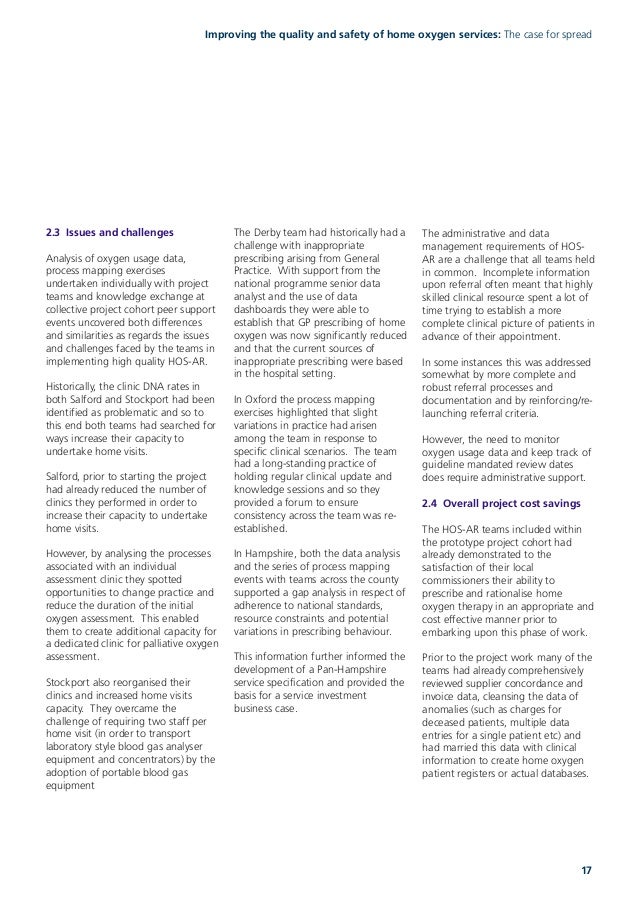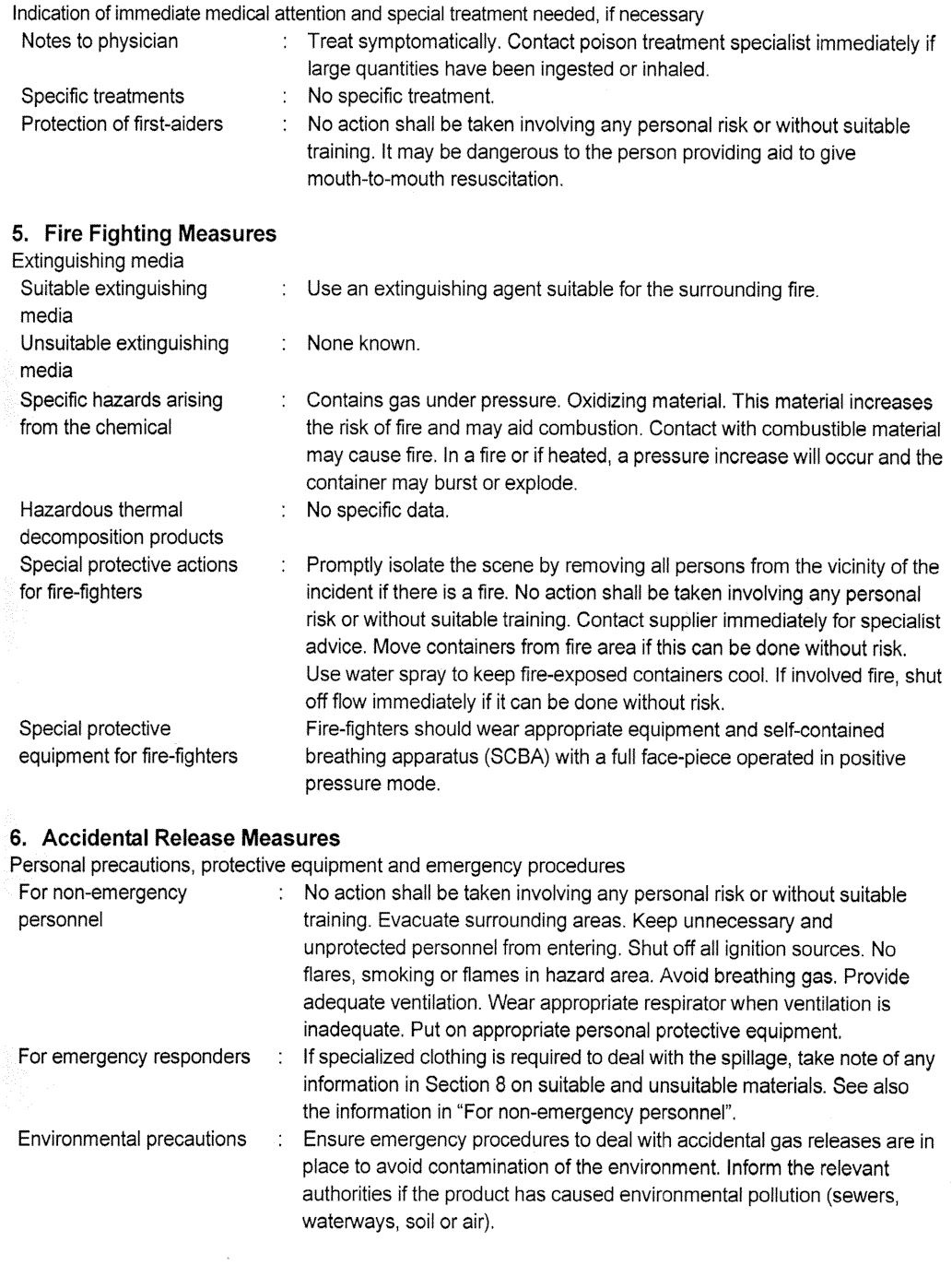
The initiation, speed, vigour and extent of these reactions depend on a number of factors including the concentration, temperature, pressure of reactants, ignition energy and the mode of ignition. Oxygen itself is not flammable, but it does support combustion. A sufficient amount of oxygen must be present in breathable atmospheres. If their concentrations change, however, they can have an impact on life and combustion processes (especially in the case of oxygen). The information here details the dangers of enrichment and the simple measures required to use oxygen safely.Ītmospheric gases are non-toxic. If for example oxygen is not handled correctly, the surrounding atmosphere can become enriched with oxygen. Oxidisers in concentrated and/or pressurized state should not come into contact with even the smallest amounts of grease, oil or any organic material.Īir, nitrogen dioxide and oxygen are common oxidisers. Oxidisers are not flammable, but they contribute to combustion of other materials by yielding oxygen. Some of these gases are therefore odorised so that leaks can be more easily identified by smell. Yet there is also a small risk of fuel gases reaching their lower threshold limit in open spaces or large, naturally ventilated work areas.įuel gas that has leaked may form an ignitable mixture with the surrounding air, resulting in fire or explosion. In any container or confined space, even small quantities of escaping fuel gas can form an ignitable mixture under the right conditions. Once the concentration exceeds the higher value (UEL), the air becomes “too rich” to burn, reducing the chances of ignition. Starting from low concentrations,the risk of fire increases as the percentage of fuel gas rises.

They burn when mixed with an oxidant and provided with a source of ignition.

Rich mixtures, however, are dangerous because they may form explosive mixtures at the outer edge of an area.Īcetylene, ammonia, hydrogen, propane, propylene and methane are all flammable gases, also known as fuel gases. If the mixture is too lean or too rich it will not ignite.

Flammable gases in the right concentration in air or oxygen burn or explode when ignited.


 0 kommentar(er)
0 kommentar(er)
